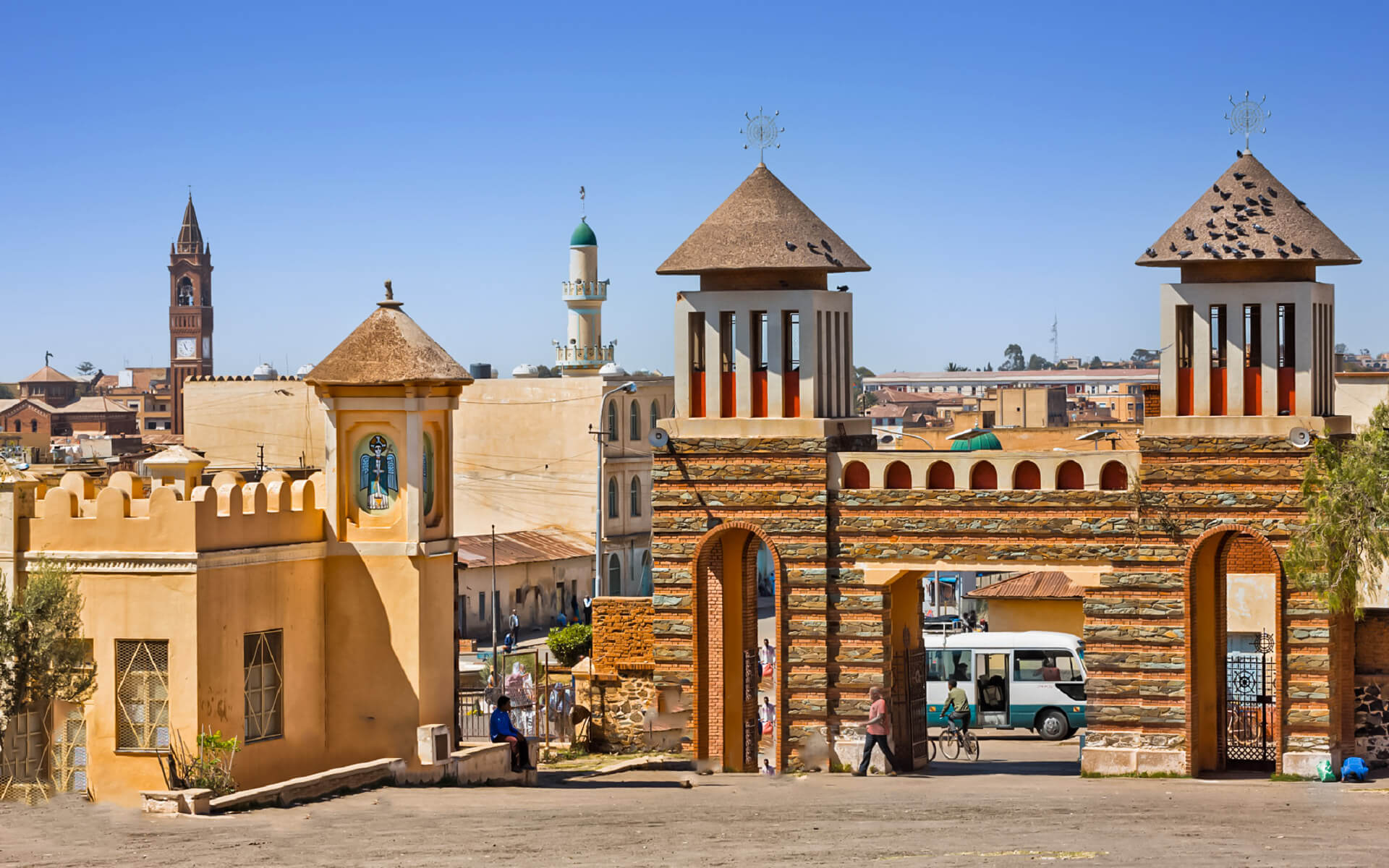Eritrea’s capital and biggest city, Asmara, is the country’s largest settlement.
Asmara, Eritrea’s capital, is a fusion of Italian and African architecture and culture. Asmara, a thriving metropolis of almost half a million people, was founded in the eleventh century by a coalition of communities striving to defend themselves from robbers.
The city has been ruled by numerous empires and nations throughout its history, notably the Italian Empire in the late 1800s, the British after WWII, and Ethiopia since 1950. Asmara was freed in 1991 after a long and violent conflict with Ethiopia, and became the capital of a nation that had been without self-rule for two centuries.
It’s impossible to go down a street in Asmara nowadays without coming across an ancient Italian building. Mussolini, the Italian dictator, poured vast sums of money into the city in the early 1930s with the objective of making it the heart of a second Roman Empire that encompassed Africa. Architects were scarcely restricted by their imaginations, and the city center was essentially rebuilt from the ground up. Not only were churches created in the ancient-Romanesque style, but so were countless offices inspired by the cubism and futurism architectural trends.
The colonial Italian architecture of Asmara is the city’s principal attraction. “Kombishtato” (a creol of the neighborhood’s original name: Campo di Citta) is a nickname for the palm-lined main boulevard “Independence Avenue.” It’s lined with cafés, restaurants, stores, and old movie theaters, and it makes for a pleasant mile-long promenade between the north end, where the “half” stadium is located (you’ll see half a bleacher), and the south end, where the Nyala Hotel, the city’s highest structure, is located.
The vibrant and lively marketplace of Asmara is located behind the cathedral on the road to its right (as viewed from the church’s main entrance on Independence Avenue). It’s a wonderful spot to practice haggling and pick up some trinkets.
While having a wonderful well-chilled beer from the Nyala Hotel’s top-floor café, one may enjoy a fantastic view of the city. Asmara’s beer, rightly dubbed “Asmara Beer,” is very delicious. The National Museum, located behind the hotel on a quieter street, has an outstanding collection covering the country’s six millennia of civilisation.


